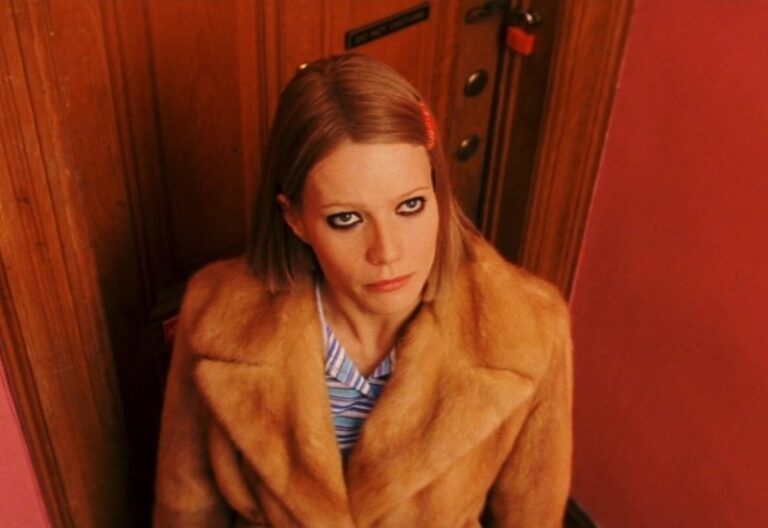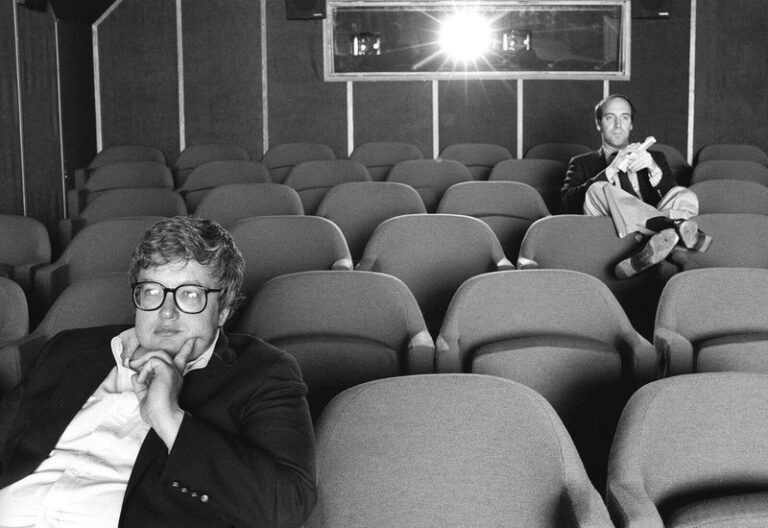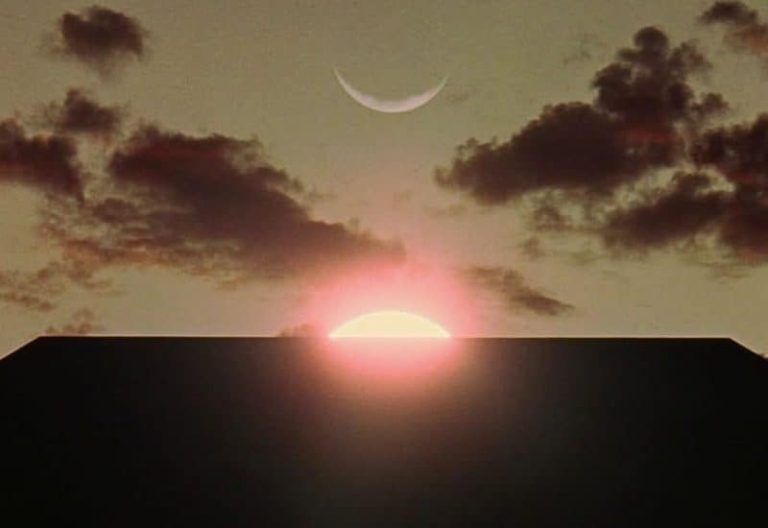what is an independent film?
Independent film, or indie film, is produced outside the major studio system. Its roots can be traced back to the early 20th century, when filmmakers began seeking creative freedom. This quest for independence was driven by the desire to tell unique, personal stories and to experiment with new filmmaking techniques that mainstream Hollywood was reluctant to embrace.
Published by: CinemaWaves Team | Filed Under: Film Blog
History of an Independent Film
One of the earliest milestones in the history of independent cinema was the formation of United Artists in 1919 by Mary Pickford, Charlie Chaplin, Douglas Fairbanks, and D.W. Griffith. This venture allowed artists to retain control over their productions, profits, and artistic choices, setting a precedent for future independent filmmakers. The 1940s and 1950s marked a significant period for independent cinema with auteurs like John Cassavetes pioneering the movement. Cassavetes’ “Shadows” (1959), which was financed and produced outside the studio system, is widely regarded as a seminal work in the history of indie films. His approach emphasized improvisation, naturalistic acting, and a focus on character-driven narratives.
During the 1960s and 1970s, the American independent film movement gained momentum. This era saw the rise of the New Hollywood directors, many of whom started as independent filmmakers before achieving mainstream success. Directors such as Martin Scorsese, Francis Ford Coppola, and George Lucas initially worked within the indie sector, producing films that were bold, innovative, and reflective of their personal visions. These filmmakers pushed the boundaries of conventional storytelling and explored new themes and styles, which resonated with audiences, and were greatly praised by critics.
The 1980s and 1990s saw a significant expansion of the independent film scene, with the emergence of No Wave Cinema movement in New York City, and with the establishment of institutions like the Sundance Film Festival. Founded in 1981 by Robert Redford, Sundance became a vital platform for indie filmmakers to show their work and connect with audiences and distributors. This period also witnessed the rise of distributors like Miramax and New Line Cinema, which specialized in acquiring and promoting independent films. These developments helped to solidify the position of independent cinema within the broader film industry.
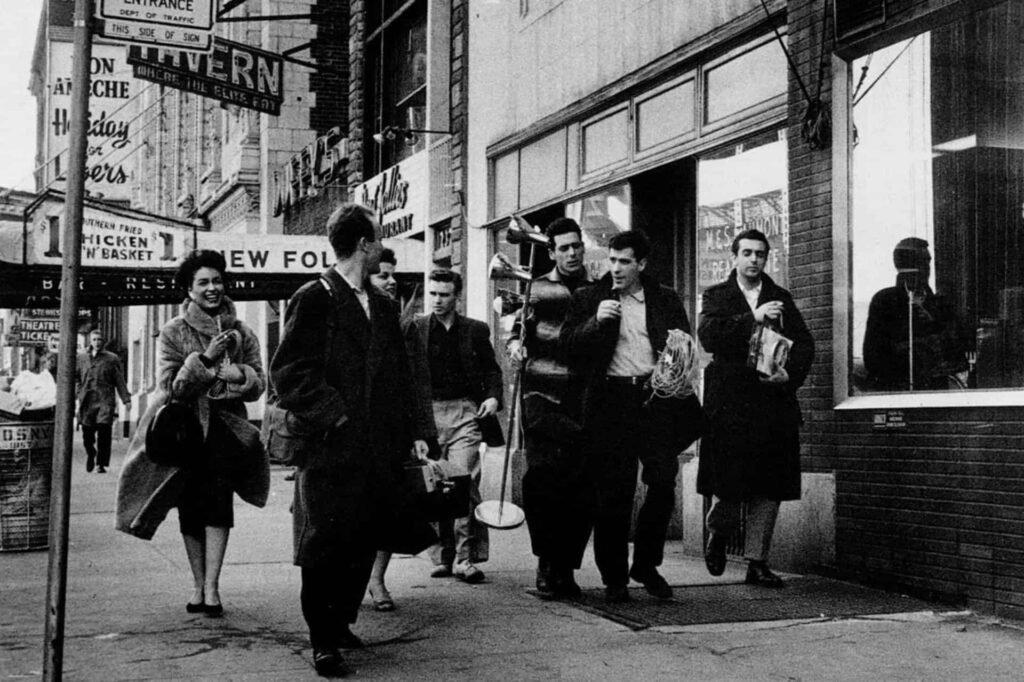
Characteristics of
an Indie Film
Budget: Filmmakers must use creative solutions to overcome budgetary limitations. This financial constraint leads to a greater focus on storytelling and character development rather than expensive special effects or star power.
Creative freedom: One of the most defining traits of independent cinema is the creative freedom. Without the constraints of studio executives and commercial pressures, indie directors can experiment with unconventional narratives, styles, and themes. This freedom can results in more innovative and original films.
Personal vision: Independent films reflect the personal vision and voice of the director. These films are deeply personal, exploring themes and stories that resonate with the filmmaker’s own experiences and perspectives. They explore a wide range of social, political, and cultural issues, highlighting perspectives that are rarely seen in Hollywood.
Artistic focus: There is a strong emphasis on artistic expression in independent films. Filmmakers prioritize visual and narrative experimentation, focusing on the aesthetics of the film, and the intricacies of character development. This leads to films that are more thought-provoking and artistically ambitious.
Distribution and marketing: Independent films often rely on alternative methods of distribution and marketing. While major studios have vast resources for promoting their films, indie filmmakers must find different ways of reaching their audience. This might include film festivals, grassroots marketing campaigns, social media, and partnerships with distributors.
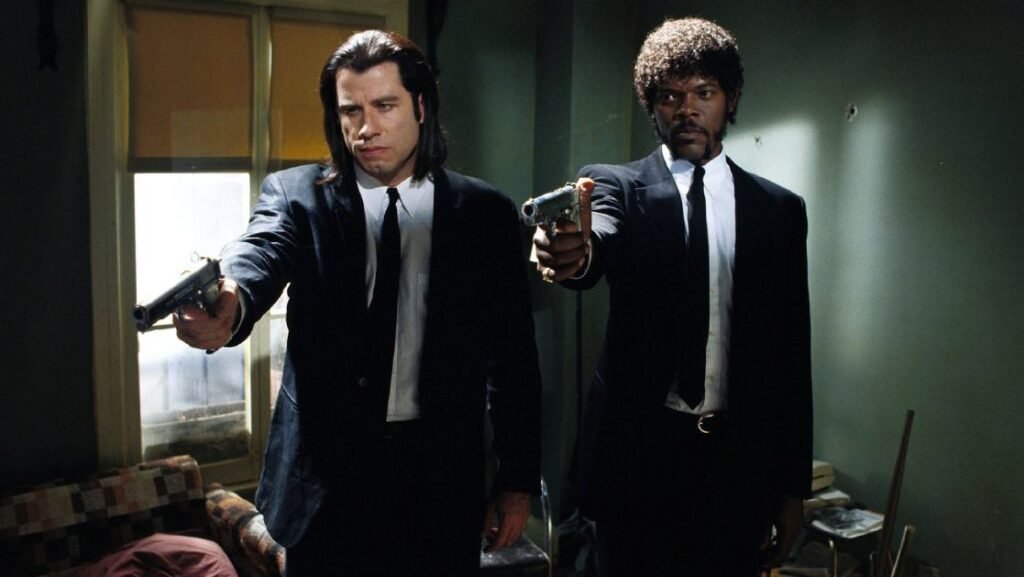
Important Filmmakers
and Their Work
Several key works and directors have been pivotal in shaping the landscape of independent cinema:
“Shadows” (1959) by John Cassavetes: A cornerstone of American independent cinema. Shot on a shoestring budget with a largely improvised script, “Shadows” explores racial tensions and personal relationships in New York City. Its raw, naturalistic style set a new standard for indie filmmaking that we know today.
“Easy Rider” (1969) by Dennis Hopper: This film epitomized the counterculture movement of the 1960s and the spirit of independence in filmmaking. “Easy Rider” follows two bikers on a cross-country journey, capturing the social and political upheavals of the era. Its success demonstrated the commercial viability of indie films and influenced a generation of filmmakers.
“Sex, Lies, and Videotape” (1989) by Steven Soderbergh: Soderbergh is often credited with helping to launch the independent film boom of the 1990s. The film’s exploration of complex sexual dynamics and its minimalist approach resonated with audiences and critics, winning the Palme d’Or at the Cannes Film Festival and proving that indie films could be both artistically significant and commercially successful.
“Pulp Fiction” (1994) by Quentin Tarantino: Another milestone in independent cinema, which also won the Palme d’Or and achieved even greater critical and commercial success. The film showed the potential for indie films to achieve mainstream success and critical acclaim. With its nonlinear narrative, sharp dialogue, and eclectic soundtrack, the film became a cultural phenomenon and revitalized independent cinema in the 1990s.
“Moonlight” (2016) by Barry Jenkins: It won the Academy Award for Best Picture, highlighting the significant impact of indie films in contemporary cinema. “Moonlight” is a poignant exploration of identity, sexuality, and race, told through the life of a young black man in Miami.
Legacy and Influence
of Indie Films
Challenging the dominance of mainstream Hollywood, independent cinema has played a crucial role in diversifying the types of stories, proving that films with modest budgets can achieve critical and commercial success. It also fostered a sense of community among filmmakers and audiences, leading to the creation of numerous film festivals such as Sundance and Toronto International Film Festival (TIFF). These festivals have become essential venues for discovering new talent and their innovative films.
The rise of digital technology and online platforms has further democratized filmmaking, making it easier for independent filmmakers to produce and distribute their work. This has led to a resurgence of indie films in the 21st century, with a growing number of films finding audiences through streaming services and social media.
One of the most significant contributors to the modern indie landscape is A24. Founded in 2012, A24 has quickly become synonymous with high-quality, boundary-pushing films. The company has produced and distributed critically acclaimed films such as “Moonlight,” “Lady Bird,” and “Hereditary,” demonstrating that independent cinema can thrive in the contemporary film industry.
In conclusion, indie films have influenced mainstream cinema, inspiring major studios to take more creative risks. Directors like Quentin Tarantino, the Coen Brothers, and Paul Thomas Anderson, who started in the indie scene, have become influential figures in Hollywood, bringing their unique styles and perspectives to a broader audience. The ongoing evolution of technology and distribution methods will likely continue to empower indie filmmakers, further solidifying the importance of independent cinema in the global film landscape.
Refer to the main page for more educational insights on filmmaking and cinema history.
Two quirky, cynical teenaged girls try to figure out what to do with their lives after high school graduation. After they play a prank on an eccentric, middle aged record…
The studio system was a dominant force in Hollywood from the 1920s to the 1950s. It was characterized by a few major studios controlling all aspects of film production…
Auteur theory is a critical framework in film studies that views the director as the primary creative force behind a film, often likened to an “author” of a book. This theory suggests…
American eccentric cinema is a distinctive style of filmmaking that surfaced in the late 20th and early 21st centuries, characterized by its quirky characters, whimsical…
Film criticism is an essential part of cinema, serving as a bridge between filmmakers and audiences. It focuses on analyzing, evaluating, and interpreting films, while providing…
In the late 1960s and throughout the 1970s, until mid 1980s, a cinematic revolution unfolded in Hollywood that would forever change the landscape of the film industry. American New…




